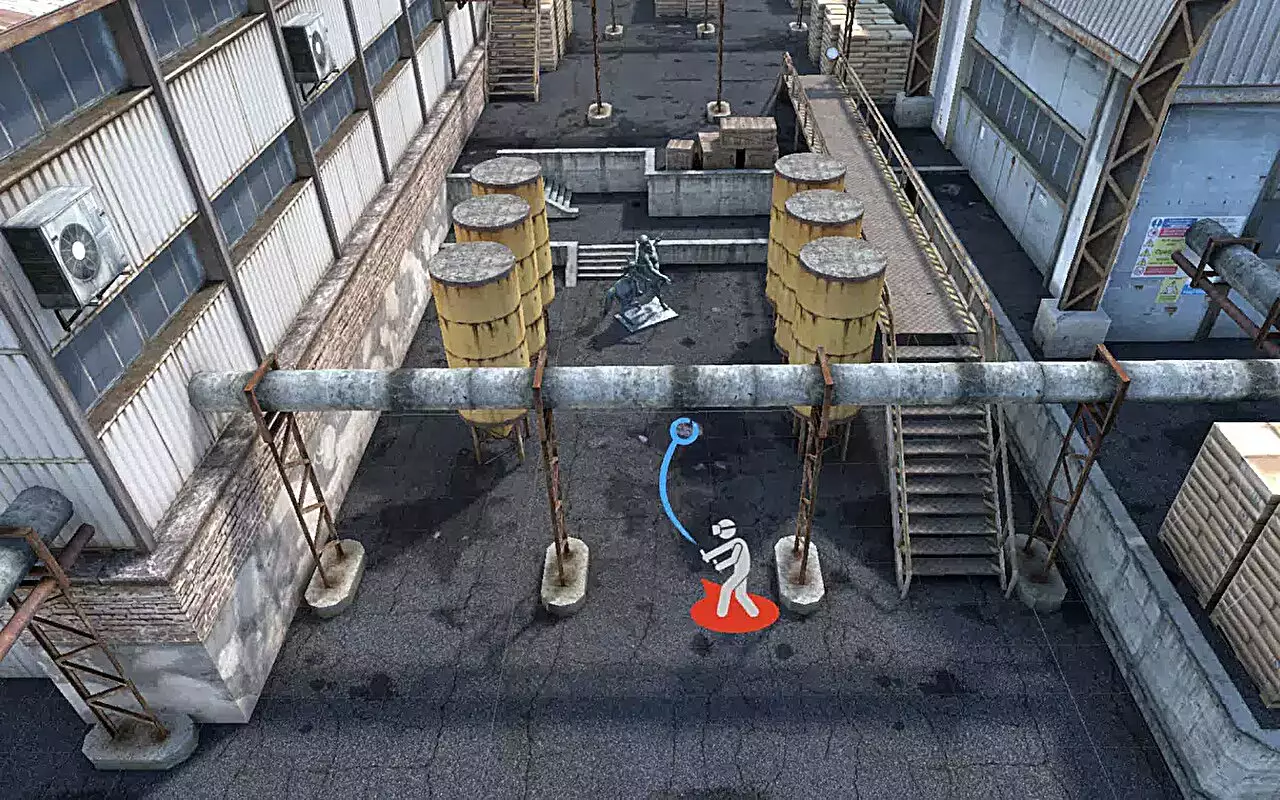Virtual reality has become an increasingly popular form of technology, and the way users engage with virtual environments can greatly affect their overall experience. A recent study conducted by computer scientists at the University of Helsinki delved into the use of cinematography techniques to enhance user engagement in virtual reality. By applying principles of composition and continuity commonly seen in filmmaking, the researchers were able to develop a new teleportation method that repositions and reorients the user’s viewpoint to better frame the scene. This approach differs from traditional teleportation methods used in modern VR games, as it focuses on improving the visual appeal of the environment.
One of the issues commonly associated with virtual reality experiences is motion sickness. To combat this problem, designers often implement teleportation as a method for navigating through digital spaces. However, traditional teleportation can lead to reduced spatial awareness and cause users to miss important elements in their surroundings. The cinematic techniques utilized in the study aim to address these concerns by influencing users’ attention as they move around the virtual space. By incorporating these techniques, designers can create more engaging and coherent experiences for users without sacrificing their sense of space or causing motion sickness.
The implications of this research extend beyond just improving user engagement in virtual reality. As the affordability of VR headsets continues to improve, a wide range of applications stand to benefit from these findings. Video games, virtual museums, galleries, and VR movies can all utilize the proposed cinematography methods to enhance the overall experience for users. This research provides practical insights for virtual reality designers looking to create immersive and visually appealing environments for their audiences.
The study conducted by the University of Helsinki highlights the significant impact that cinematography techniques can have on user engagement in virtual environments. By incorporating principles of composition and continuity into the design of virtual spaces, designers have the opportunity to enhance navigation, address motion sickness concerns, and create more engaging experiences for users across various VR applications. As technology continues to advance, the role of cinematography in virtual reality is poised to play a crucial role in shaping the future of immersive experiences.


Leave a Reply